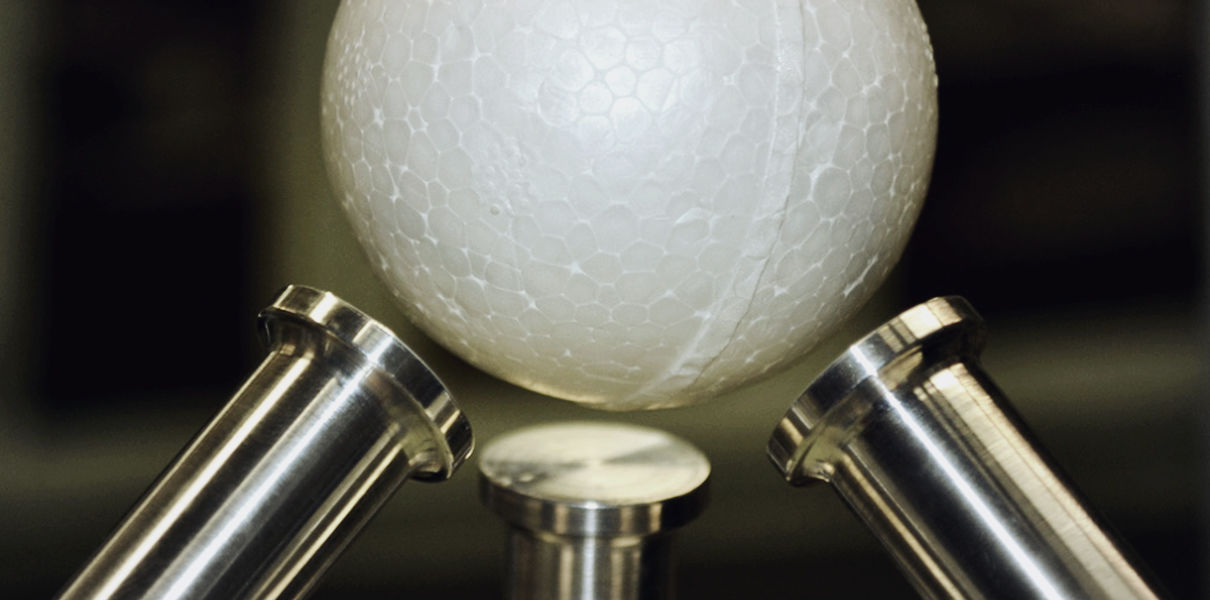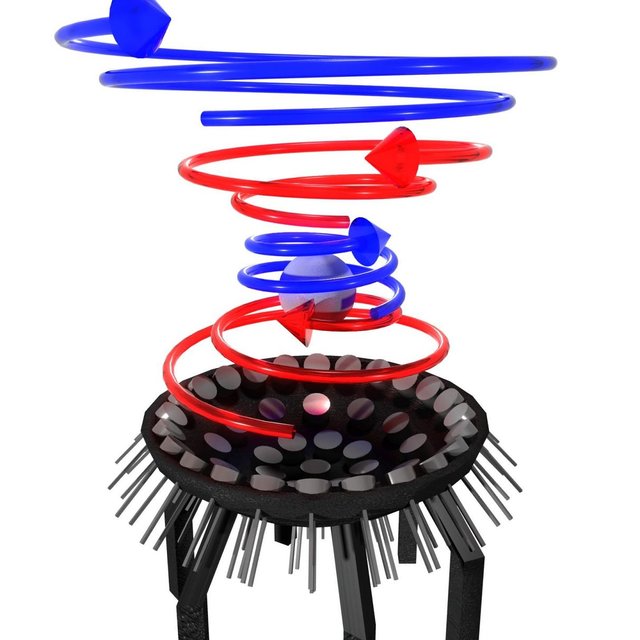Acoustic traction rays use the power of sound to capture particles directly in the air and, unlike the same technology of magnetic levitation, are able to capture most liquids and solids.

Engineers at the University of Bristol were the first to prove the possibility of stable control of relatively large objects by an acoustic traction beam, which in theory can be used, for example, to move drugs within the body.
Earlier it was believed that acoustic traction beams are capable of capturing and moving only small objects, since all previous attempts to catch larger particles than the wavelength failed and led to their uncontrolled rotation.

This was due to the transmission by the sound field of rotational movements to objects that began to spin faster and faster until eventually they were thrown away, reports EurekAlert.
The invention of scientists from the University of Bristol, described in the journal Physical Review Letters, uses a different approach - rapid oscillations of acoustic funnels, sound vortices created from loud sounds surrounding the silent core.